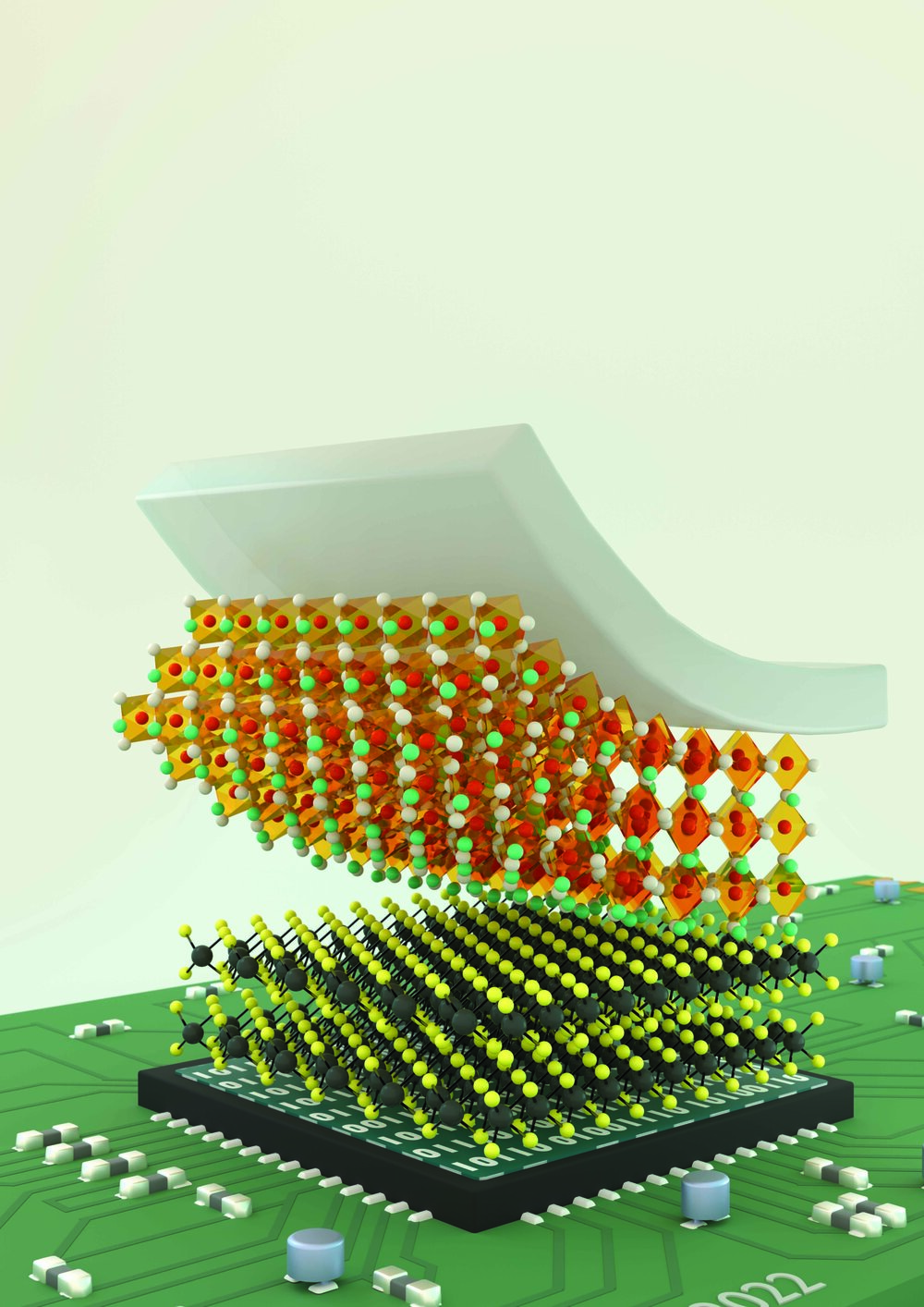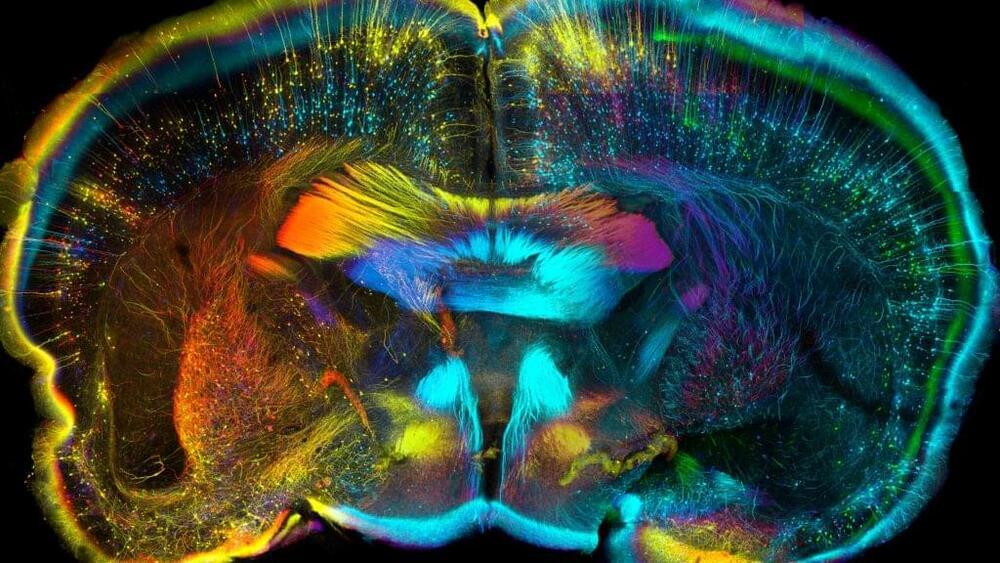Update: Meet Sagittarius A — Astronomers Reveal First Image of the Black Hole at the Heart of the Milky Way Today (May 12, 2022) at 9:00 a.m. EDT (6:00 a.m. PDT, 15:00 CEST) The European Southern Observatory (ESO) and the Event Horizon Telescope (EHT) project will hold a press conference to pres.
Update: Stunning Reveal: First Image of the Black Hole at the Center of Our Milky Way Galaxy
Today (May 12, 2022) at 9:00 a.m. EDT (6:00 a.m. PDT, 15:00 CEST) The European Southern Observatory (ESO
Created in 1962, the European Southern Observatory (ESO), is a 16-nation intergovernmental research organization for ground-based astronomy. Its formal name is the European Organisation for Astronomical Research in the Southern Hemisphere.






